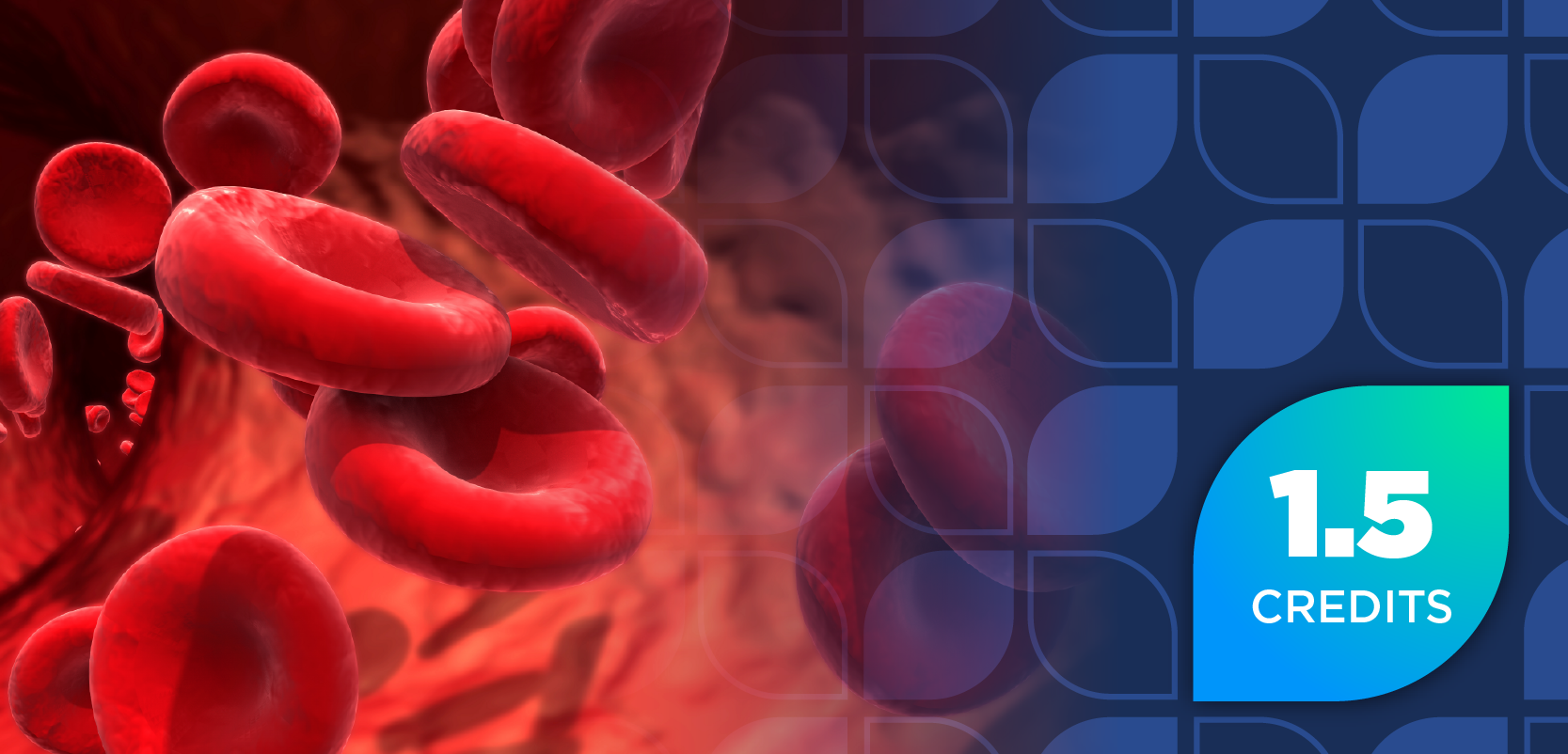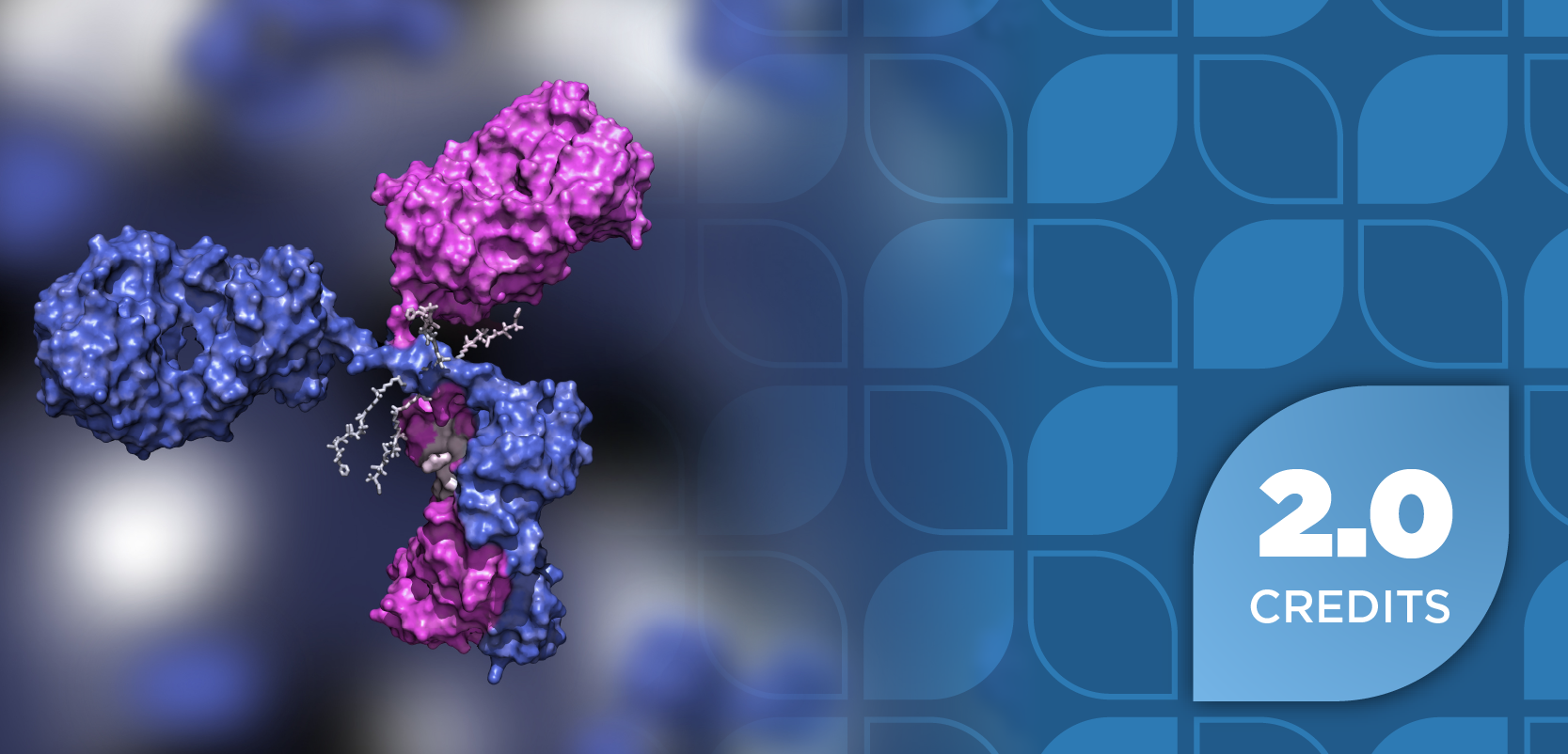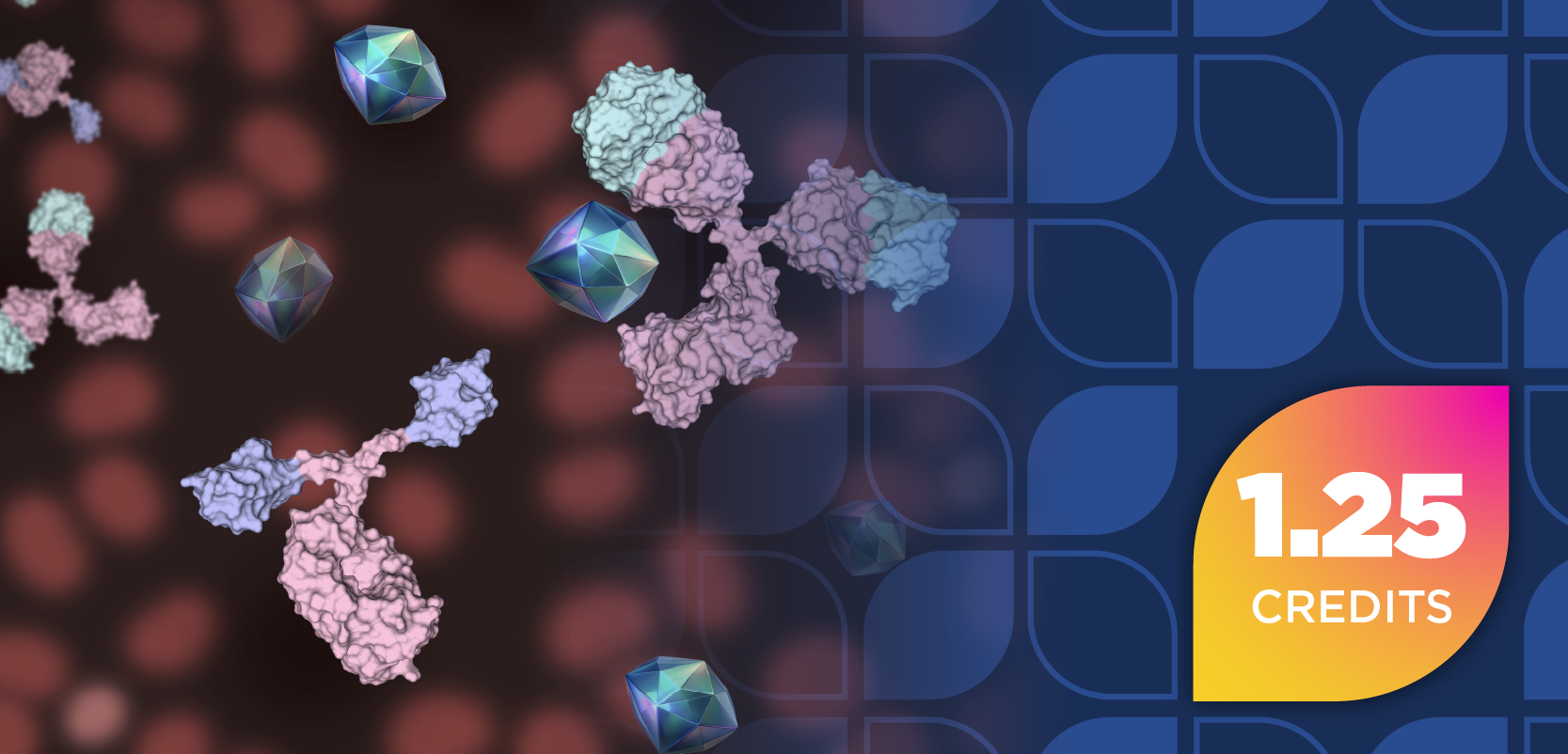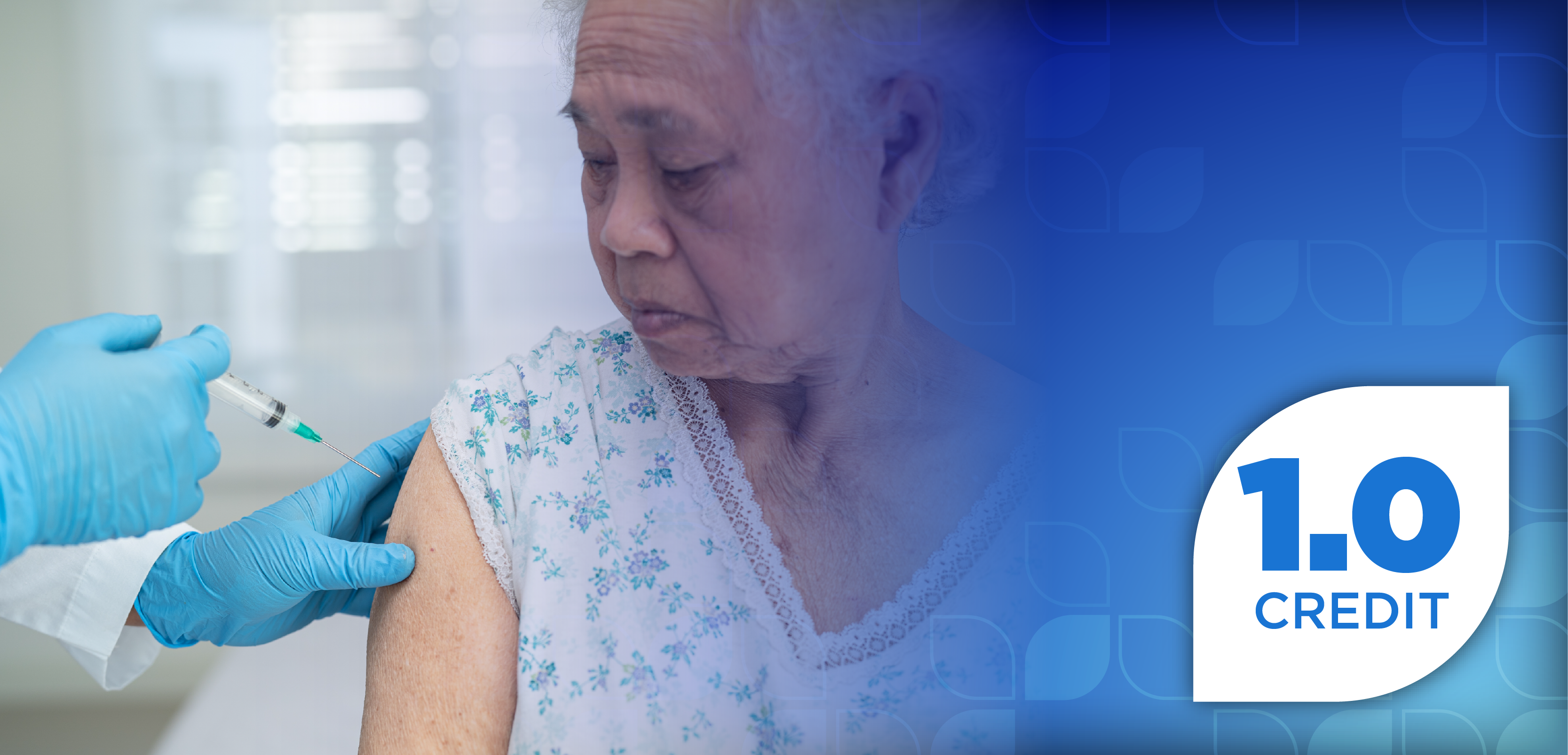According to the CDC, vaccines are the best way to prevent cases of some of the most contagious viruses and diseases.1,2 There are routine vaccines that every person should get, such as those for influenza or COVID-19, and some that only individuals of a certain age or who have a certain risk factor should get, such as shingles, respiratory syncytial virus (RSV), human papillomavirus, and pneumococcal vaccines.
The CDC works to eradicate, eliminate, and control vaccine-preventable diseases, and a major component of this mission requires improving immunization uptake within communities.2 The CDC provides tools to help achieve this goal by organizing its recommendations into vaccine schedules. Multiple vaccine schedules are available, which can sometimes confuse patients when they attempt to interpret them without the assistance of a health care provider.
About the Author
Adam James, PharmD, is manager for the Immunization Program and other clinical programs for Rite Aid Corporation. In his role, he provides Rite Aid’s 1300-plus locations with updates, education, and best practices to ensure the success of clinical programs.
Pharmacists are administering more vaccines than any other health care provider in today’s health care landscape. This is highlighted in a CDC study that revealed two-thirds of all COVID-19 vaccine doses in the US were administered by community pharmacists during the study’s 1-year time frame from September 2022 to September 2023.3 This trend has continued, and pharmacists now find themselves using the CDC vaccine schedule’s information daily. The CDC offers childhood and adult vaccine schedules, which have multiple versions based on age and/or risk factors. Each schedule has notes and special scenarios that may affect the decision to vaccinate and catch-up options for those who did not get their vaccines at the recommended time. The vaccine schedules are color-coded to indicate which vaccines are recommended and the age at which they should be administered.4 It is important to remember that although the color-coded cells give the pharmacist a base level of information, it is often necessary for the pharmacist to read the notes included to get a complete understanding.
Although the CDC makes its vaccine schedules as easy to interpret as possible for a health care professional, it is safe to assume that many patients have much more difficulty finding their way to the correct schedule and interpreting it. This is why pharmacists and other health care providers must be knowledgeable regarding the CDC vaccine schedules and comfortable communicating this information to patients. Unfortunately, reading the vaccine schedule is just a start for the pharmacist.
The challenge is communicating this information to the patient in a clear, digestible, and easy-to-understand way. The CDC reports that only 22% of adults have received all recommended vaccines.5 This information helps underscore the importance of reviewing a patient’s vaccine history each time they present the pharmacist with a vaccine inquiry. Often, there will be multiple vaccines for which they are eligible or overdue. This interaction can be confusing and overwhelming for the patient.
Paramount to anything else, the pharmacist should always first address the patient’s original inquiry. This means if a patient presents to the pharmacist and asks whether they should get the RSV vaccine, the pharmacist should deliver information leading with the RSV recommendation information first, even if they learn the patient is due for multiple vaccines after consulting the vaccine schedule. This shows the patient that you value their input and role in the vaccine decision-making process and improves the likelihood that the patient will respond positively to those additional recommendations when the time comes.
It is also important to avoid overwhelming patients with a list of vaccines they must receive. Instead, focus on the most important (based on clinical judgment) or most overdue vaccines and then gradually communicate the rest of the vaccine recommendations. This approach allows patients to take in the information and make an informed vaccine decision at their own pace.
Additionally, the language used to deliver vaccine recommendations can influence the patient’s decision to accept the pharmacist’s recommendation and get vaccinated.
Evidence shows that presumptive vaccine recommendations are more effective than participatory recommendations. A presumptive recommendation is a strong recommendation in the form of an announcement or statement. Presumptive recommendations are phrased like this: “You’re due for your annual COVID-19 vaccination” or “It’s time for your flu shot.” This contrasts participatory recommendations such as “Would you like a COVID-19 vaccine today?” or “Are you interested in getting a flu shot?” A presumptive recommendation presumes the patient already agrees that vaccination is beneficial. In other words, presumptive recommendations position vaccines as a routine and standard health promotion practice rather than a practice that needs to be questioned or debated.6 Delivering vaccine schedule information to patients using this method helps patients realize that these vaccines are necessary for their continued health.
Pharmacists and patients extensively use the CDC’s vaccine schedules to help determine their vaccine needs. Pharmacists, who are administering more vaccines than they ever have before, are tasked with interpreting the vaccine schedules and delivering strong recommendations to their patients. Using the vaccine schedule helps pharmacists get organized, but how effectively they communicate this information to patients will have an enormous impact on closing the vaccine gap and increasing vaccination rates.
REFERENCES
1. Adult immunization schedule by age. CDC. November 21, 2024. Accessed November 24, 2024. https://www.cdc.gov/vaccines/hcp/imz-schedules/adult-age.html
2. Vaccine-preventable diseases. CDC. July 30, 2024. Accessed November 24, 2024. https://www.cdc.gov/global-immunization/diseases/index.html
3. New CDC study underscores irreplaceable role of pharmacy. News release. CDC. April 11, 2024. Accessed November 24, 2024. https://www.nacds.org/news/new-cdc-study-underscores-irreplaceable-role-of-pharmacy/
4. Adult immunization schedule by medical condition and other indication. CDC. November 16, 2023. Accessed November 24, 2024. https://www.cdc.gov/vaccines/hcp/imz-schedules/adult-medical-condition.html
5. Vaccination coverage among adults in the United States, National Health Interview Survey, 2022. CDC. October
4, 2024. Accessed November 24, 2024. https://www.cdc.gov/adultvaxview/publications-resources/adult-vaccination-coverage-2022.html
6. Brewer NT, Hall ME, Malo TL, Gilkey MB, Quinn B, Lathren C. Announcements versus conversations to improve HPV vaccination coverage: a randomized trial. Pediatrics.2017;139(1):e20161764. doi:10.1542/peds.2016-1764






































